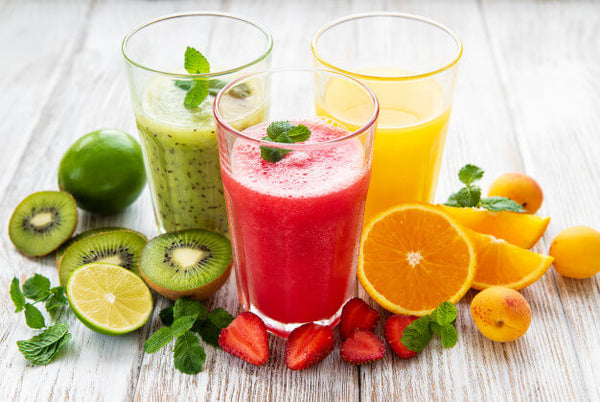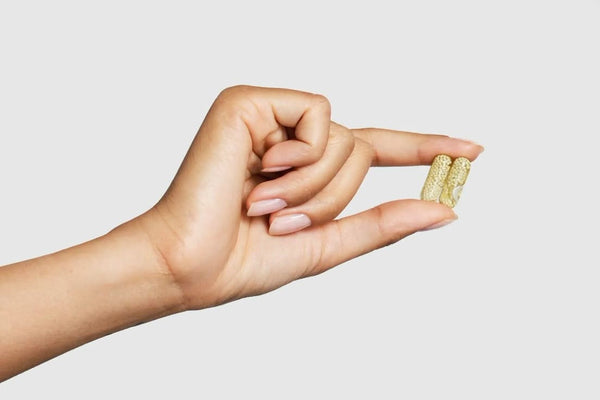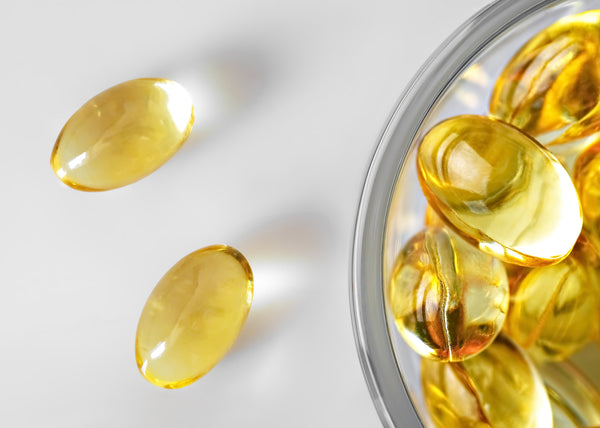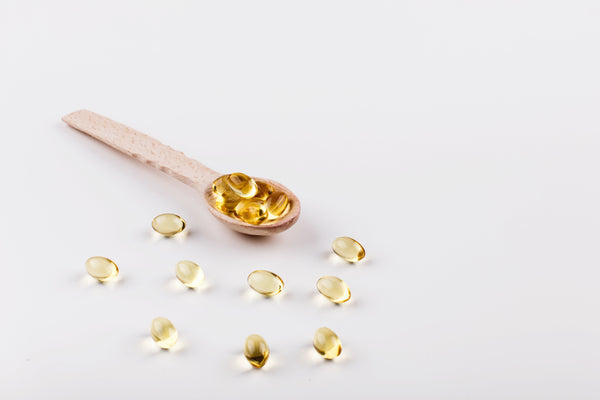What is iron-deficiency anemia (IDA)? What are the signs of IDA, and which group of people is affected the most? If you have these or probably more questions about Iron deficiency anemia in mind, this blog is for you.
Below you will find things you need to know about IDA, from definition and causes to signs and treatment. So, let's begin.
What is iron-deficiency anemia?
Anemia is a condition wherein the blood lacks the required number of healthy RBC for carrying blood across the body. And anemia caused due to deficiency or inadequate intake of iron is known as iron deficiency anemia.
IDA is a common type of anemia. Although dangerous, iron deficiency anemia is a diagnosable and curable disease.
What causes iron-deficiency anemia?
Hemoglobin helps the blood cells improve their oxygen-carrying capacity. And this compound is produced using iron in your body. However, if your body doesn't have the required amount of iron, hemoglobin production reduces, which leads to a condition known as IDA or iron deficiency anemia.
Here are some causes of iron loss that result in Iron deficiency anemia:
- Loss of blood: Iron is present in your blood within the RBCs. So, loss of blood means loss of iron. Women during menstruation bleed a lot which might cause iron deficiency anemia.
- Chronic blood loss in your body: If you're suffering from a hiatal hernia, peptic ulcer, or colorectal cancer, you might lose blood internally. And this can cause iron-deficiency anemia. Sometimes because of the regular use of painkillers such as aspirin, you might have to face gastrointestinal bleeding, which can cause IDA too.
- Low iron diet: Iron comes into your body through foods like leafy green veggies, eggs, and meat. And low iron food or diet can reduce the iron content in your body, causing IDA.
- Poor iron absorption: The iron absorption from your food takes place in your small intestine. If you're suffering from an intestinal disorder like celiac disease (which disturbs the ability to absorb nutrients), it might lead to IDA.
- Pregnancy: When women are pregnant several nutrients such as iron are consumed by the growing fetus. This can reduce the iron content in pregnant women, which might lead to Iron deficiency anemia.
What are the symptoms of Iron deficiency anemia?
A mild IDA hardly reveals itself. However, if the condition worsens, you may find the following symptoms indicating severe IDA:
- Cold feet and hands
- Weakness
- Chronic fatigue
- Pale skin
- Chest pain
- Soreness on tongue
- Unusual cravings for dirt, ice, or maybe starch
- Rapid heartbeat
- Shortness of breath
- Dizziness and Headache
- Brittle nails
- Poor appetite in children and infants suffering from IDA.
Who is at the risk of Iron deficiency anemia?
Here are the common groups of people who are more at risk of IDA than others:
- Women: Women lose blood during menstruation regularly, which makes them vulnerable to iron deficiency and IDA.
- Children and infants: Premature children, the ones with low body weight, or the kids who don't get the required iron, are at risk of IDA. Also, kids, during their growth, need iron. And if their diet doesn't provide iron, such kids might suffer from IDA.
- Vegans: Although there are several options for vegans when it comes to iron-rich foods, there are better options for those who eat meat. If you're a vegan and don't include iron-rich food in your diet, you might be at risk of IDA.
- Regular blood donors: Donating blood is good, but it can deplete your body's iron supply causing IDA. You can donate blood every few months or as the doctor suggests.
What complications does Iron deficiency Anemia cause?
Here are some issues Iron deficiency anemia brings along:
- Heart Issues: You might face an irregular or rapid heartbeat if you're suffering from IDA. Your heart needs to pump more blood when you are anemic, which might lead to heart failure.
- Issues during pregnancy: IDA in women often leads to low weight during birth in babies and sometimes premature birth. However, you can prevent this by taking iron supplements during pregnancy.
- Growth issues: Kids or infants with IDA may suffer from poor growth and development. Also, IDA makes kids more vulnerable to infections.
How to deal with Iron deficiency anemia?
The best way to never get iron deficiency anemia is ensuring ample iron content in your body all the time. For that, you can consume several food items like:
- Pork, red meat, and poultry
- Beans
- Seafood
- Dark green leafy veggies like spinach
- Dried fruit like apricots and raisins
- Bread, pasta, and other fortified cereals.
- Peas
- Vitamin C-rich fruits like Broccoli, Grapefruit, and Kiwi improve iron absorption.
If you think consuming the above food items is hard, you can choose a more convenient yet effective solution: Nano Iron Melts from Wellbeing Nutrition.
What are Nano Iron Melts?
Nano Iron Melts are nano strips that dissolve when placed on your tongue. It contains the following ingredients:
- Iron
- Organic Beetroot
- Organic Spinach
- Acerola Cherry
- Folic Acid
- Organic Pumpkin Seeds
- Organic Swiss Chard
All these ingredients can help you:
- Improve Iron absorption
- Improve hemoglobin production
- Improve RB formation
- Improve energy levels
All in all, Nano Iron Melts are a one-stop solution for anyone who wants to prevent IDA.
Wrapping Up
Iron deficiency anemia is a curable yet serious disorder affecting women and kids majorly. However, you can bid farewell to iron deficiency anemia with a proper iron-rich diet, and Nano Iron Melts from Wellbeing Nutrition. So, get your pack now.
References
- Miller JL. Iron deficiency anemia: a common and curable disease. Cold Spring Harb Perspect Med. 2013;3(7):a011866. Published 2013 Jul 1.doi:10.1101/cshperspect. a011866. (https://www.ncbi.nlm.nih.gov/pmc/articles/PMC3685880/)
- Jimenez K, Kulnigg-Dabsch S, Gasche C. Management of Iron Deficiency Anemia. Gastroenterol Hepatol (N Y). 2015;11(4):241-250. (https://www.ncbi.nlm.nih.gov/pmc/articles/PMC4836595/).
- Jimenez K, Kulnigg-Dabsch S, Gasche C. Management of Iron Deficiency Anemia. Gastroenterol Hepatol (N Y). 2015;11(4):241-250. (https://www.ncbi.nlm.nih.gov/pmc/articles/PMC4836595/).
- Prentice AM, Mendoza YA, Pereira D, et al. Dietary strategies for improving iron status: balancing safety and efficacy. Nutr Rev. 2017;75(1):49-60. doi:10.1093/nutrit/nuw055. (https://www.ncbi.nlm.nih.gov/pmc/articles/PMC5155616/).



























 DOWNLOAD NOW
DOWNLOAD NOW
